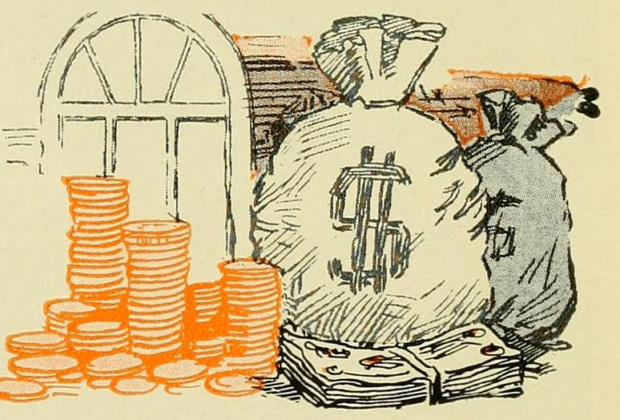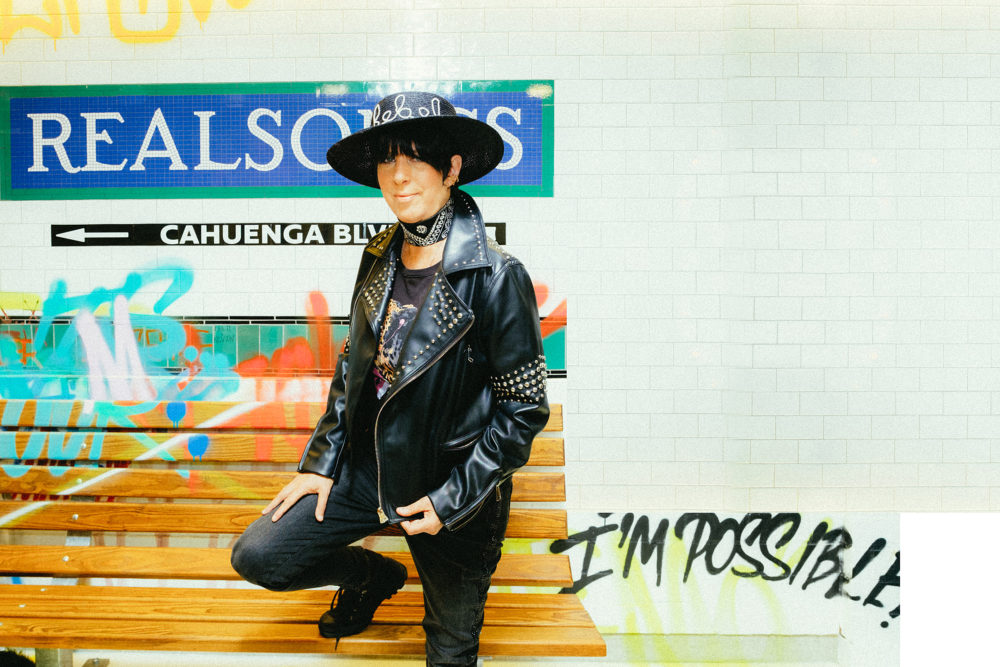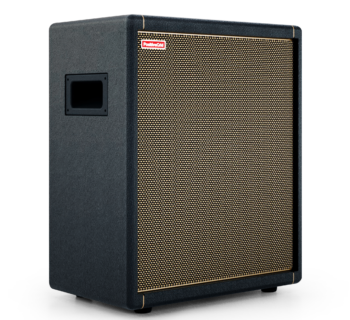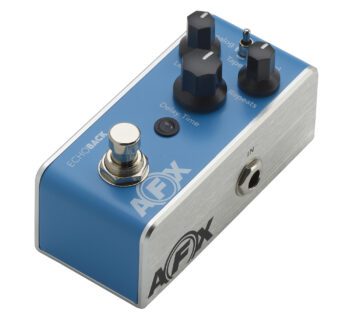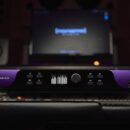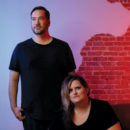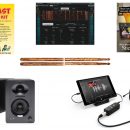By Bobby Borg & Michael Eames
In a world where money keeps our bills paid and our bellies full, it’s always smart to have as many ways as possible to expand your revenue streams and generate income. 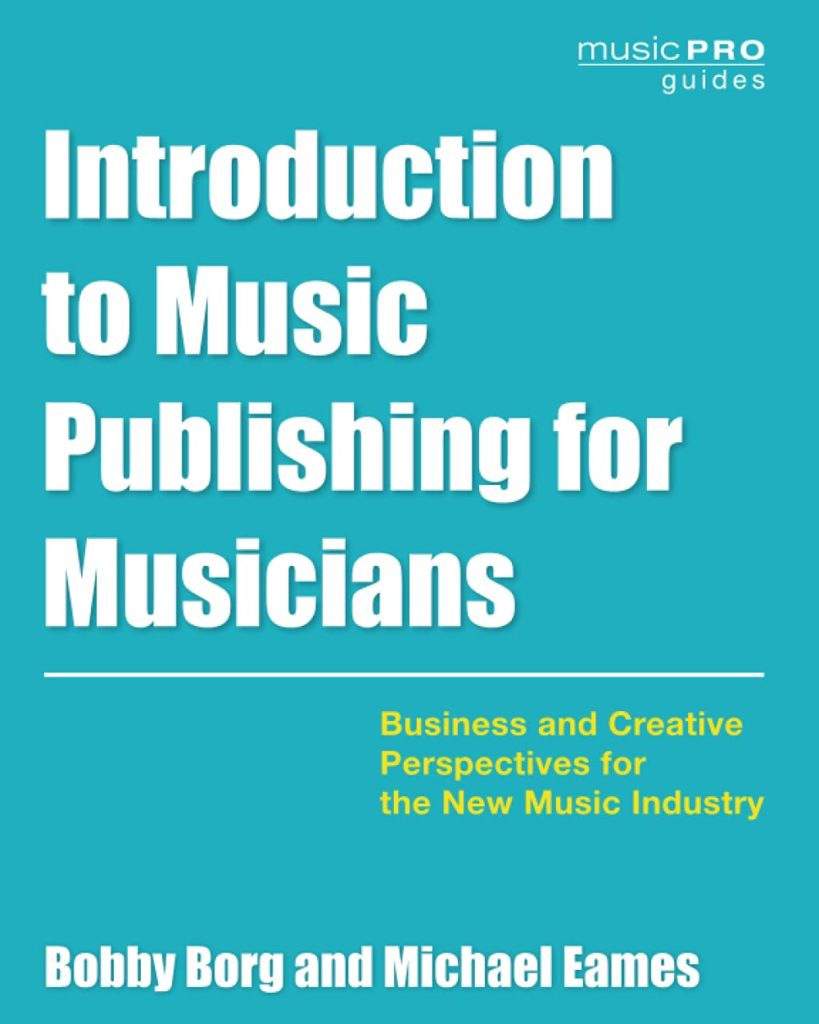
In this chapter from their recently released book Introduction to Music Publishing for Musicians, Borg & Eames show you 38 different ways to monetize one of your songs. They range from the obvious to the obscure. Not all of these ideas will be right for you or your target audience, but you’ll certainly find a few that spark your imagination. So let’s get to it.
Package/Release Strategies
Package/release strategies present the various ways that you can single-out (or group) your recordings for distribution to your audience.
Strategies include:
• Single: Songs are commonly released as single recordings on a weekly or monthly schedule. This allows you to stay engaged with your audience by continually supplying them with fresh content.
• EP or LP: Songs are traditionally released as part of an EP (extended play album of four to six songs) or an LP (long play album of 10 to 12 songs). Both an EP and LP strategy allow you to make more of a statement to your audience or the press in one sitting and to potentially grab a greater share of each listener’s time.
• Compilations: Songs can also be grouped with other artists in collections (like Best of LA Punk or Best of N.Y. EDM, etc.). This approach helps each brand involved to benefit cumulatively from the brand reputation and audience reach of the others.
• Limited Edition Boxed Gift Sets: Finally, songs can be packaged in a variety of configurations and sold in a cool decorative box set along with other accessories. Guns N’ Roses put together its Locked N’ Loaded box set that included everything from songs on yellow vinyl to cool rings, patches, and more.
Configurations
Next up are configurations. Configurations encompass the various formats in which you can deliver your songs to your public. The more formats you have, the more money you can potentially make.
Formats include:
• Streaming: Songs can be released via streaming format to digital service providers ranging from Spotify to Tidal to Apple Music. Streaming is where all the action is today with over 341 million paid streaming subscriptions globally as of this writing (according to IFPI—the International Federation of the Phonographic Industry). So, we say that if you’re not streaming, you’re just dreaming. 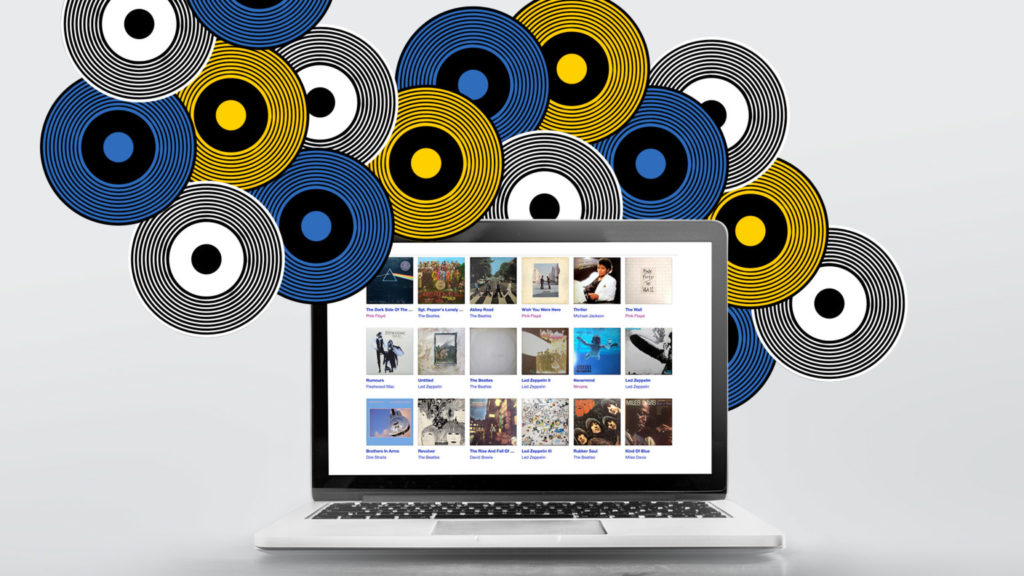
• Vinyl: Songs can be sold in vinyl format—even to those fans who don’t own record players (fans literally hang vinyl on their walls for decoration). There has been a vinyl revival over the past few years in the United States with sales reaching as much as 18.6 million units as of this writing. In countries like Japan and Germany, vinyl is huge. So, we say give vinyl a spin.
• Digital Download: Songs can be easily sold in digital download format to niche fans who still care about this format. We are aware that digital downloads only account for a small percentage of all recorded music sold (only 8.7 percent according to the Recording Industry Association of America as of this writing), but if your fans want it, give it to them.
• USB Bracelet: Songs can be released in digital format via decorative branded USB bracelets, allowing your fans to download your music to their devices. USBs can then be used by your fans for their school homework and other needs. According to DiscMakers, USB bracelets are colorful, fun, and a good way to expose your brand.
• Download Card: Songs can be sold via a card with a code that allows the niche fans of the world to download your music and upload it to their devices or cloud storage. Again, while downloads represent a small percentage of sales, download cards are still very handy for artists and bands who are selling music at their live shows.
• Compact Disc (CD): Songs can be sold in CD format to fans of the world who still prefer this format. CDs still make up a rather large share of all recorded music globally (22 percent according to IFPI as of this writing), they still have the best sound quality of all other formats, and they can also be easily sold at your live shows. So, don’t totally write off CDs just yet.
• Cassette: Songs can be sold on cassette tape to niche markets that still desire this format. While you might be thinking “old school,” you should know that hugely successful artists like Coldplay, Robbie Williams and Liam Payne have recently released music on cassette. We say old school is sometimes new school.
• Recorded Stems: Songs can be sold as a collection of individual stereo recordings of the separate tracks allowing fans to create their own mixes and share them with others. Doing this can help increase engagement among fans which leads to stronger brand communities.
• Sound Module: Finally, songs (or short snippets of songs) can be sold as a combined MP3/button/voice player/speaker fixed into a greeting card or toy. Just by searching Amazon you will see that these sound modules can be purchased at a low cost and your music can be uploaded into them rather quickly. While cards and toys are definitely more of a novelty item, your diehard fans will appreciate them.
Versions/Remixes
Now let’s move our discussion to recorded versions and remixes of your songs as a way to expand your revenue streams. Versions and remixes present a variety of interpretations of your songs for release to your target audience.
Interpretations include:
• Instrumental: Songs can be remixed as instrumental versions (without vocals) to be pitched and licensed for uses including film/TV/Games/Ads and more.
• Clean: Songs can be remixed to include zero expletives (profanities) and pitched also to film/TV/Games/Ads and more. But note that cleaning your songs doesn’t always guarantee that entertainment giants like Disney or big corporate advertisers will take the song. In their view, once a ‘dirty’ song, always a ‘dirty’ song.
• Vocal-down: Songs can be remixed so that the vocal line sits low for film and TV licenses. This way the vocal doesn’t interfere with the dialogue between the actors.
• Live: Songs can be recorded live (complete with all the excitement and crowd noise) to be released as singles or as tracks on an album. Peter Frampton’s Frampton Comes Alive! is one of the best live recordings ever sold in the United States and it produced several charting hit songs for the artist as well. If you are great live, give it a try.
• Unplugged Acoustic: Songs can be re-recorded on acoustic instruments to produce a more mellow and vibey version of an original song. Everyone from Testament to Alice in Chains to Eric Clapton to Led Zeppelin have released acoustic albums with tremendous success. One of my own bands (this is Bobby speaking) recorded an acoustic album (with me on Congas, bass drums, and tambourines) that was far cooler than the plugged-in record, but unfortunately Atlantic Records never released it.
• Stripped-down: Songs can be stripped-down (to just the vocalist and pianist or vocalist and guitarist) to offer a more natural and pure rendition for your fans. One great example of this is the song “Break My Heart Again” written and performed by Finneas. With no more than a vocal and piano track, the honesty of the song shines.
• A Cappella (Just Vocals): Songs can be recorded with no more than the vocals to create something a little different. Paul Simon scored a Grammy® Award-winning album with Graceland which included the song “Homeless” featuring Ladysmith Black Mambazo. Bobby McFerrin also scored a huge hit with the song “Don’t Worry Be Happy.” And more recently, artists like Imogen Heap and Pentatonix and have made vocal-only recordings that are totally cool. So, if you can truly sing, this idea can turn out to be a really cool one for you.
• Remix Dance/EDM: Songs can be remixed to create dance versions of originals that have a life of their own. Check out the (Surf Messa) remix of “Be Kind” by Halsey and Marshmello. It’s quite different from the original. They did a good job! 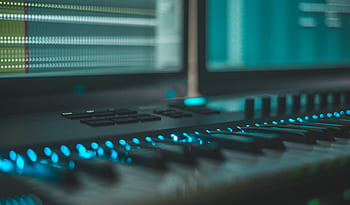
• Foreign Translation: Songs can be recorded in a different language from the original english version to expand your reach and provide fans with something new. Of course, you have to be able to speak another language, or seek out others who will re-sing it for you. Björk released her song “All Is Full of Love” in both English and Icelandic, and Camila Cabello released “Havana” in both English and Spanish.
• Cover Version: Songs can be covered by other artists to create a whole new sound and feel and expand your reach too. Even as an indie artist, if you have an amazing song and you know someone locally you admire who has a strong fanbase, you might see if they would be interested in doing a cover of your song. You never know.
• Short Clips: Finally, songs can be cut down to shorter clips ranging from five- to 10- to 15-seconds long to be used in a variety of ways. This includes intros and outros to podcast shows and even as ringtones too (for those who still use them).
Transcriptions
Transcriptions are next on our list of expanding your revenue streams. They introduce the various renderings of your songs in printed form.
Transcriptions include:
• Sheet Music: Songs can be transcribed in printed format into single sheets of music for the diehard fans who want to either learn how to play your songs or just hang the musical notation on their walls.
• Folios: Songs can be sold in a variety of music book formats including folios (a collection of your songs in printed form), matching folios (songs in printed form that precisely match your album sequencing), and mixed folios (songs mixed with other artists).
• Lyric Books: Finally, song lyrics can be transcribed into books to give your fans the scoop on both what you’re saying in your music and the inspiration behind the lyric as well. While some musicians prefer to let the fans interpret the lyrics as they will, other musicians use this technique to more personally engage with their fans.
Synchronizations
Now let’s discuss synchronizations (or Synchs). This presents the various ways that you can merge your songs with visual images.
Synchs include the following:
• Scripted Video Singles: Songs can be synched with a variety of different visual themes to help communicate your brand identity and leave the right image in your customers’ minds. But don’t just do your typical performance video of you lip synching the words. You can create lifestyle videos and make your music the soundtrack, 360 videos utilizing special cameras, and visually shocking videos too (on the latter note, just think of Tyler, The Creator’s “Yonkers” that has over a billion streams on YouTube). The more video versions of one song you make, the longer you can extend the promotion on one of your singles. We say have fun and be creative.
• Making of Videos: Songs—while they are being written and recorded in the studio—can be documented on video for the release of a “making of video.” We were blown away by Amy Winehouse’s documentary which was obviously filmed before she “made it.” There are scenes of her going to meetings with labels and more. How cool is that? This makes great footage for the fans and helps to tell your brand’s story.
• Karaoke-style Lyric Videos: Finally, songs can be synchronized in a karaoke-style lyric video to create a fun and DIY interactive experience for fans. With little more than a home computer, wireless mic and a mixer, fans can sing along to your tracks (with the lyrics that light up in synch with the music) just like they would in a bar. Just Google “how to make a DIY karaoke video” and the rest from there is easy.
Accessorized Extensions
Second to last on our list to expand your revenue streams are accessorized extensions. These present the additional ways that your songs can expand into fashionable enhancements for both your body and your house.
Accessories include:
• String Jewelry: Songs can be turned into jewelry—well not really, but the used bass strings that recorded the song can certainly be transformed. In fact, one of my students (this is Bobby speaking) makes 30K a year doing this. For real!
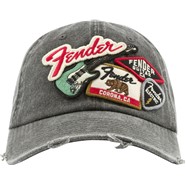 • Stick Jewelry: Songs can also be turned into drum stick necklaces—at least the sticks that recorded the song can be transformed into a cool necklace. Give it a shot.
• Stick Jewelry: Songs can also be turned into drum stick necklaces—at least the sticks that recorded the song can be transformed into a cool necklace. Give it a shot.
• Lyric T-shirts: Song lyrics can be reprinted on T-shirts to help make a statement about your brand while also increasing awareness. The band Atreyu has a whole line of shirts with the lyric “live, love, burn, die” from their song “Lip Gloss and Black.”
• Patches: Song lyrics and titles can also expand into a line of patches to help spread the word about your brand. I (this is Michael) remember seeing a cool patch that had Jimi Hendrix’s song lyrics “Scuse me while I kiss the sky” printed on it. Another popular example includes Frankie Goes to Hollywood’s lyric, “Relax, Go to it.”
• Hats: Song lyrics and titles can expand onto hats too. Our favorite example of this is a hat with the Rolling Stones’ lyric “Only Rock ‘n Roll, but I like it.”
• Framed Drum Heads: Finally, songs can also expand into wall hangings—at least the drum heads you used to record a certain song can be transformed into cool wall art. This can be an exclusive item that you sell to diehard fans. Think about it, what fan wouldn’t want the actual drum head (signed) used to record a super cool song?
Exclusives
And last but not least on our list to expand your revenue streams, are exclusives. These offer up the methods by which your songs can be distributed to your audience in more special and personal ways.
Exclusives include:
• Behind the Scenes Content: Songs can be presented to private audiences via social media to form a tighter bond with fans. Showing the stages as a song is written or recorded could be a super cool value-added perk for the most diehard fans and it can help you earn money too. Check out sites like Patreon and get this started.
• Livestream: Finally, songs can be presented in real-time (live) via livestreamed concerts and discussions to build tighter bonds with fans and make a few bucks, too. On platforms like Twitch and StageIt, fans can show their appreciation by tipping you.
So, there you have it—38 ways to monetize just one song. We know we just spit out a lot of different possibilities for you, which can be quite overwhelming. So always remember to let your target audience guide your decisions. Pick the ideas that will work for your customers first. Good luck and have a lot of fun with this. And we hope that it brings you some fortune as well. •
BOBBY BORG, MCM, is a former recording/touring artist, the founder of Bobby Borg Consulting, and the author of Music Marketing for The DIY Musician and Business Basics For Musicians. He is also an adjunct professor of Music Industry Studies at USC’s Thornton School of Music.
MICHAEL EAMES is a trained composer, songwriter and pianist with experience in film scoring, the President and co-Founder of PEN Music Group, Inc., and an advisor to the Independent Publisher Advisory Council (IPAC) of the National Music Publishers Association (NMPA).

